November 31, 2016
Last night I tried using the 500mm with the 1.4 teleconverter for 700mm focal length. This reduces my light intake by a factor of 2, since it is at f5.6 instead of f4.
In addition, at that focal length I can't do very well with one minute exposures, so I opted for 30 seconds, so that also reduces light intake.
But, the good thing is I can take some decent images of things that are very small.
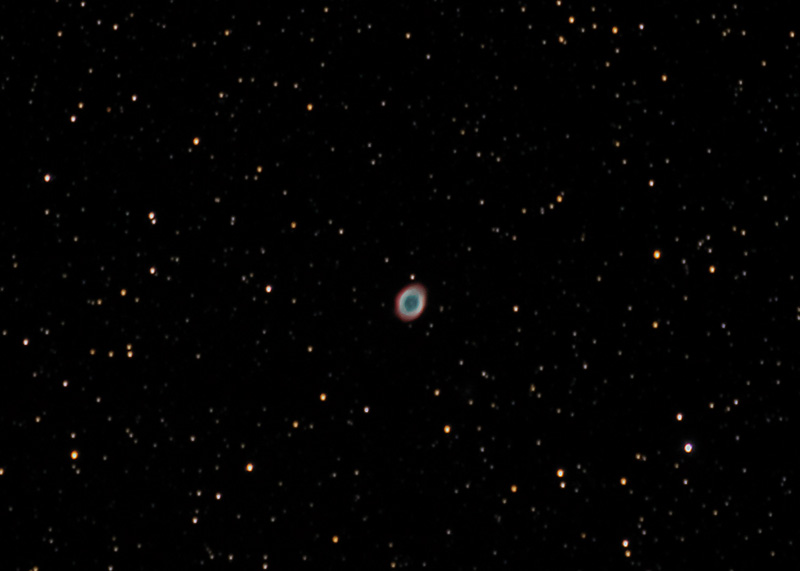
The Ring Nebula, in the Constellation Lyra. It is easy to find, just find one of the
brightest stars in the sky, Vega, and follow the other stars in the constellation to the Ring Nebula.
It is only 3 arc minutes in diameter. The Ring Nebula is a planetary nebula.
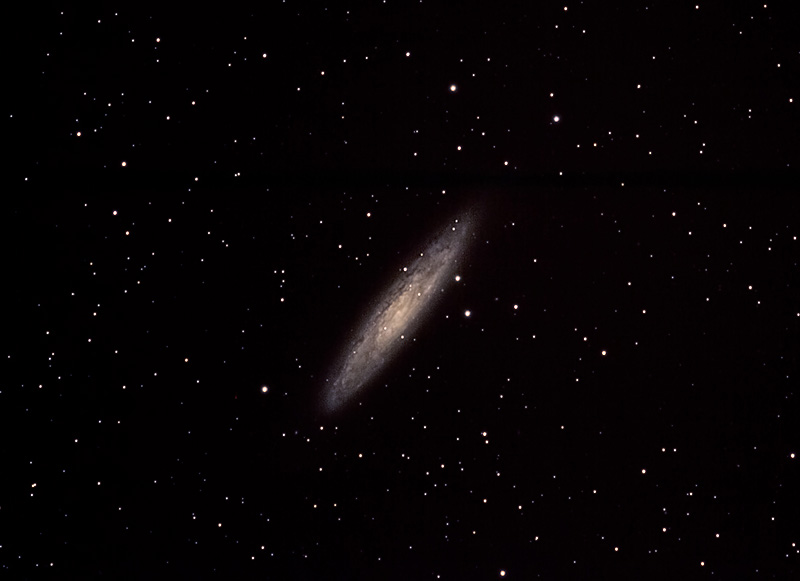
I thought I'd try the Sculptor Galaxy at 700 mm too, it came out very good.
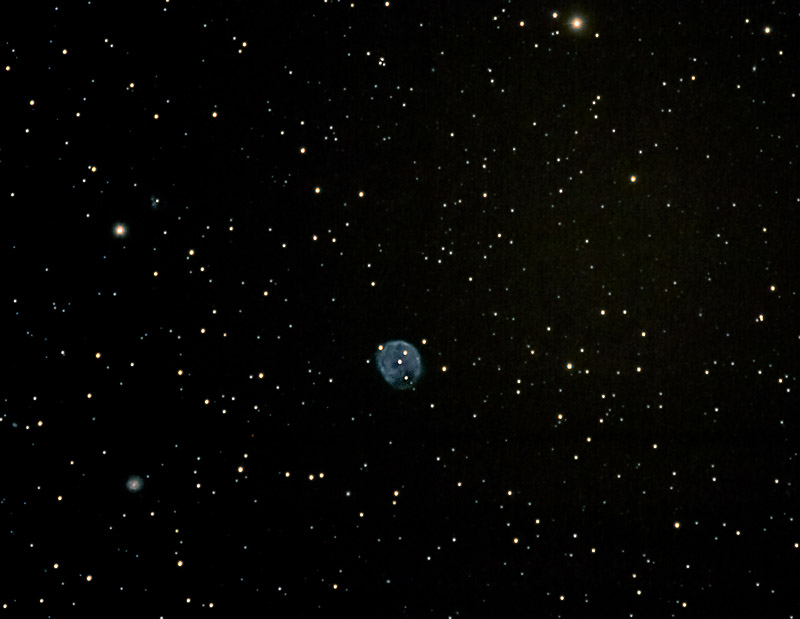
While I was shooting the Sculptor Galaxy, I was browsing Stellarium looking for
something small and new to shoot, I found this, the Skull Nebula, another planetary nebula. It is a little bigger than the
Ring Nebula, but not much. And, it is very faint. I am amazed it came out this well.
It is located in the constellation Cetus. Supposedly it looks like a skull, but I don't really see it. There is a small, fuzzy galaxy in the lower right.
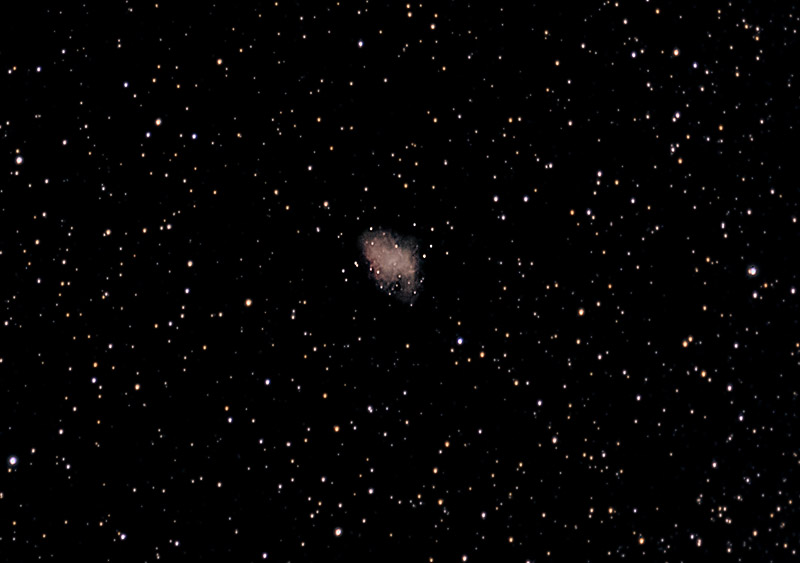
The Crab Nebula at 700mm. This pulls out some more detail than I could get at 500mm. The Crab Nebula is about 10 arc minutes in diameter.
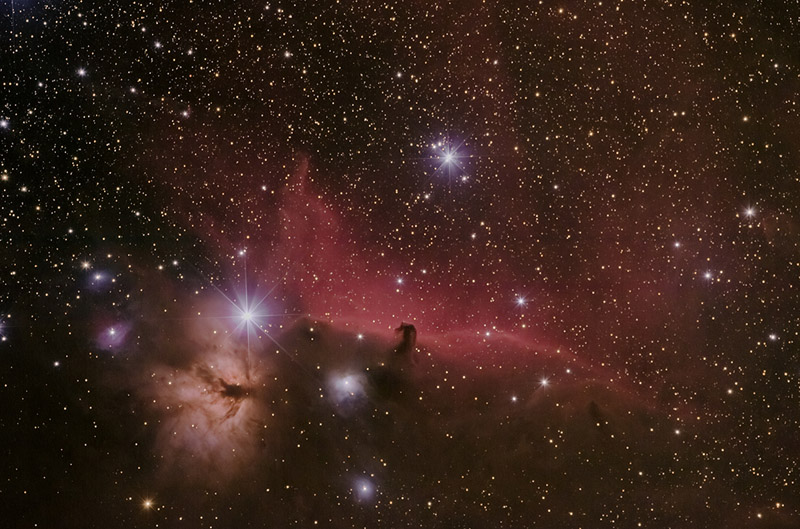
Had to do it again. I got it framed better this time and took more images to stack. This is at 500mm. I really like how the interstellar dust clouds show up.